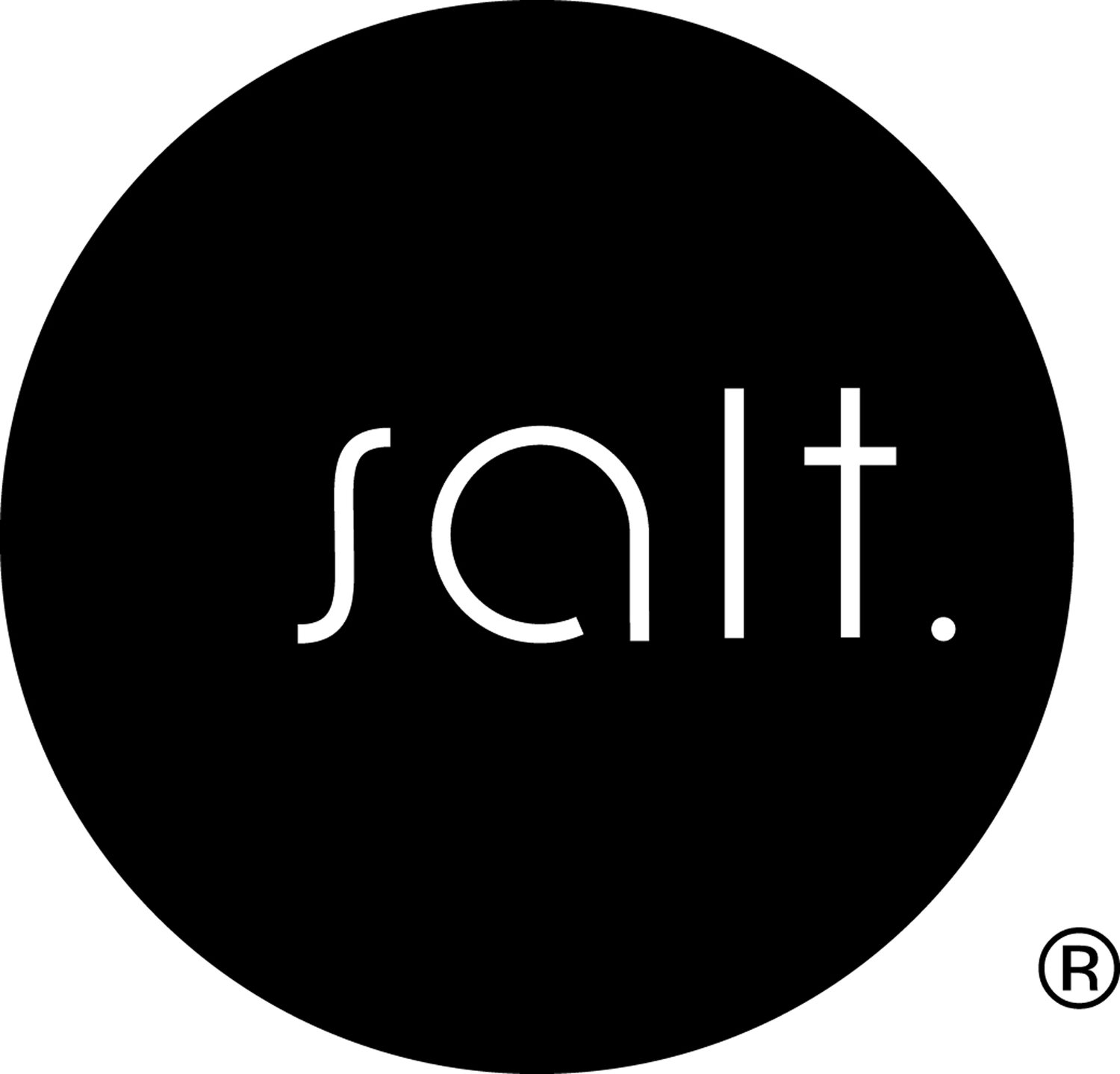Designing for Circularity: A Journey Through the New Composites Project
At salt., we’ve always believed in the power of thoughtful design but our recent journey through the New Composites project has reshaped how we approach circularity in our textiles. Supported by the Future Observatory Design Exchange Partnership, this initiative brought together designers, researchers, and material innovators to reimagine textiles from the fibre up.
Linen & Nettle being woven in full production
Reframing materials beyond cotton and polyester
The textile industry remains dominated by cotton and polyester: materials with significant environmental costs. The New Composites project set out to diversify this landscape by exploring new biobased and recycled fibres.
Our goal was to increase understanding of the circularity potential of alternative fibres, and guide their integration into textile design practices.
But this wasn’t just about swapping one material for another. It was about rethinking the entire design system, from fibre choice and finishing, through to how a product ends its life.
Design questions that changed everything
The guidebook developed by Dr. Laetitia Forst challenged us to align fibre selection, finishing, and construction with end-of-life strategies. Key questions from the guidebook shaped our thinking at every step:
Are the fibres recyclable together?
How do dyeing and finishing affect a material’s lifecycle?
Can the product be easily disassembled?
These seemingly simple prompts pushed us to think deeply about our processes. For example, we trialled double-cloth structures not just for aesthetics but for their potential to be both naturally fire-retardant and easier to dismantle for recycling.
Prototyping with purpose
We had the flexibility to prototype quickly, using a handweaver in Bolton and a small-batch production mill outside Leeds.
We explored promising fibres such as Himalayan Nettle (with Tencel-Lyocell), which offered remarkable texture, and Seacell (with Tencel-Lyocell & Hemp), known for its gentle sheen and sustainability. Despite their benefits, these materials are not always accessible to small studios making this project a rare opportunity to work with such alternatives. See the yarn collection at Maeko Tessuti for more details.
We also discovered some limitations. Whilst bio-polyesters hold promise they still present performance issues, particularly when used as warp threads. Circular design, as we learned, is only as strong as the systems that support it so recycling infrastructure must evolve too.
The next steps: transparency and collaboration
Moving forward, we’re developing fabric documentation for end-users by suggesting compatible threads and trims to keep materials within the circular economy. We may even include a recommended thread, like an organic from Scanfil, to encourage best practices beyond the point of sale.
Our panel discussion chaired by Dr. Laetitia Forst at the close of the project reinforced the importance of cross-sector dialogue. Myself (June Swindell), and leading industry voices Piarvé Wetshi from Colechi, and Beth Claxton from UAL were all in agreement that designers, manufacturers, and recyclers must work together, not just to imagine sustainable futures, but to build them collaboratively.
Building a toolkit for Circular Design
The New Composites project goes beyond material testing. It creates a recommendation framework grounded in real-world conditions and recycling criteria. It acknowledges that to meet performance or cost requirements, alternative fibres often need to be blended, but these blends must still support circular goals.
The project’s outcomes include a series of textile demonstrators across different scales of practice, from commercial contract textiles to craft-based approaches, offering proof of concept for circular systems in action. It represents a crucial step in moving from theory to practice in sustainable design.
For us at salt., it’s been an invitation to explore, experiment, and rethink what responsible design can look like now and into the future.
We mixed Himalayan Nettle with Pineapple Fibre and recycled wool, bio-polyester with organic cotton, organic hemp with seacell, Linen with lyocell amongst other combinations.
Our Project Team:
Academic Supervisor: Kate Goldsworthy
Research Associate: Dr. Laetitia Forst
Partners: Circular Textiles Foundation, Coléchi, salt., ReWeave
For more information about the project, or if you have any ideas you’d like to share, we would love to hear from you so please get in touch.
Yarn suppliers on the project:
Papillon Bleu
Ananas Anam
iinouiio
Iroony
Fairfield Yarns
Madeira
Written by June Swindell, in collaboration with the Future Observatory Design Exchange Partnership, The Design Museum & UKRI.












